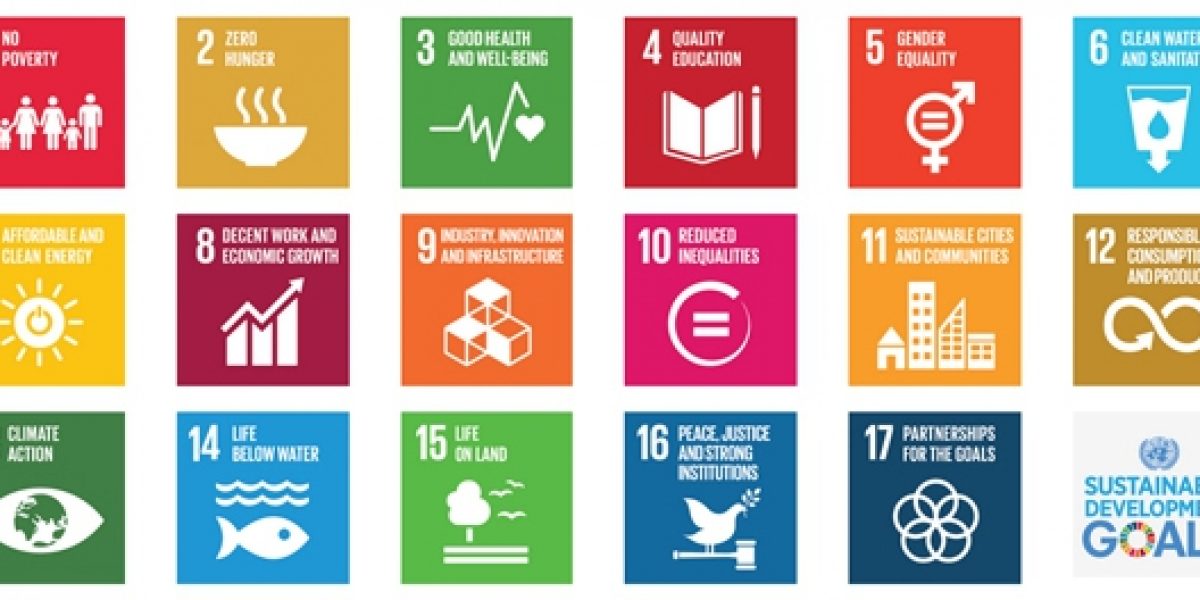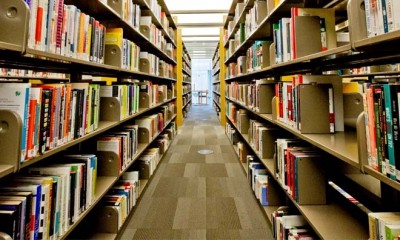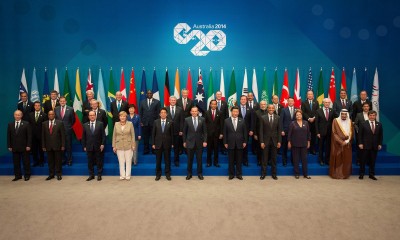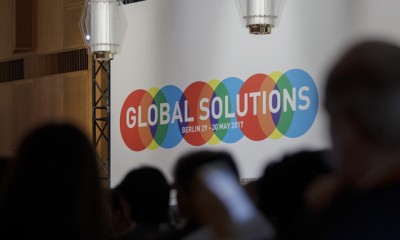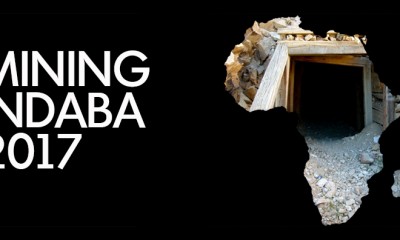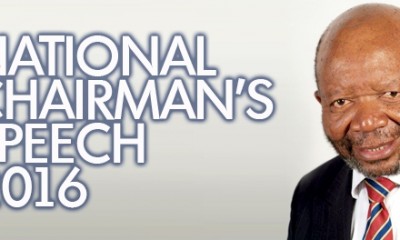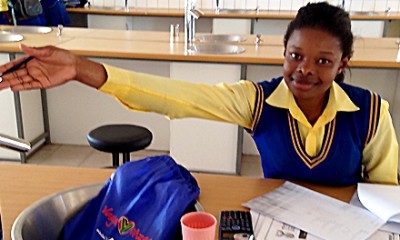Below is a simple guide outlining the origins of the SDGs, their relationship to the Millennium Development Goals, what processes were followed in their development, and what is meant by ‘sustainable development.’
What are the Millennium Development Goals?
At the Millennium Summit in September 2000, world leaders met to adopt the Millennium Declaration, and committed to eight targets, known as the Millennium Development Goals or MDGs. The eight MDGs range from halving extreme poverty (MDG 1) to ensuring environmental sustainability (MDG 7), and have a global deadline of September 2015. While there are many critics of the MDGs, most people agree that the opportunity the Millennium Summit provided to support a dialogue on major development concerns and galvanise global action around key developmental issues was unique. The new plan to go into effect after the MDGs expire is known as the Post-2015 Global Development Agenda, and is set to last for another fifteen years, ending in 2030.
What are the Sustainable Development Goals?
In 2012, twenty years after the 1992 Earth Summit or United Nations Conference on Environment and Development (UNCED), the world once again gathered in Rio de Janeiro for the United Nations Conference on Sustainable Development, or ‘Rio+20’. An outcome of this conference was a commitment to creating a new set of goals after the Millennium Development Goals. The new goals were named the Sustainable Development Goals (SDGs), and have now become the basis of the Post-2015 agenda.
Watch a 90-second video with Teboho Tenyane on the SDGs
How is sustainable development understood?
The term ‘sustainable development’ became more widely known and accepted with the release of the Brundtland Commission or Our Common Future report in 1987. The Brundtland report put forward a definition of sustainable development as the ‘ability to meet the needs of the present without compromising the ability of future generations to meet their own needs.’ Almost thirty years later, this definition still continues to be one of the most commonly used starting points for examining sustainable development. In addition to providing a definition, the Brundtland report also began to create a framework for sustainable development as an interconnected relationship between economic, social and environmental concerns. This was further formalised at the 1992 Earth Summit, and has been used ever since. Economic, social and environmental issues are all present in the SDGs.
How did we arrive at the SDGs?
To work on the SDGs a 30-member Open Working Group (OWG) was created on 22 January 2013 under the auspices of the United Nations General Assembly (UNGA). The group met regularly, and many of the 30 seats were shared between several countries. Civil society was also greatly involved in this process. The purpose of the OWG was to create a set of goals that were easy to understand and that could address current challenges like poverty, climate change and inequality. The work of the OWG was completed in mid-2014, and a set of 17 proposed goals and 169 proposed targets were presented to UNGA in September 2014.
MDGs vs SDGs
While it is important to note that the SDGs are not entirely a new set of goals and are building on the unfinished business of the MDGs, there are a number of major differences between them. The first is that the MDGs were created in 2000, and the world looks quite different today as we approach the end of 2015. New conflicts, the global financial crisis and a greater emphasis on climate change are just some of the issues being dealt with today that did not exist in 2000. There is also a greater acknowledgment that developing countries and emerging markets like the BRICS have an important voice in how the world arrives at global decisions.
Ten years ago, in 2005, SAIIA researcher Ross Herbert asked a prescient question about the newly-adopted Millennium Development Goals (MDGs): ‘‘Will the pursuit of the MDGs help or hurt development, particularly in Africa?‘
Read a related short paper, ‘Aligning Sustainable Development Goals with Climate-Resilient Growth.’
Another major difference between the MDGs and SDGs revolves around the way in which each set of goals were created. One of the biggest criticisms of the MDGs has been that a broad-based consultative process like the OWG was absent in the development of the MDGS, and that they were developed at the UN without member state or civil society involvement. Many are hoping that the SDGs will be more successful because of the global consultation process and negotiations that led to agreement on each goal and target.
Finally the MDGs were designed mainly to address issues in developing countries, whereas the SDGs are meant to encompass all countries – developed and developing. The SDGs are increasingly being referred to as the Global Goals for Sustainable Development, and when perusing the 17 goals and 169 targets it is evident that the goals have relevance for all countries.
What were the Intergovernmental negotiations?
Intergovernmental negotiations (IGN) began on the SDGs and the Post-2015 Agenda in January 2015. Negotiations concluded at the end of July 2015, and while there was discussion on altering some of the goals and targets, most countries, especially developing countries, pushed to keep the SDGs in their current form. Many member states feared that reopening the process would lead to dramatically changing or eliminating hard won goals and targets. At the IGN in May 2015, South Africa, speaking on behalf of the G77+ China group, stated that ‘we are not in a position to accept the revised targets, stressing that the OWG’s SDG proposal had been carefully crafted, and was the result of an intergovernmental process.’ Nigeria on behalf of the Africa group reiterated this point by saying that the ‘OWG was the result of a delicate political and substantive compromise, and that this must be preserved’, and pushed for integrating the OWG’s SDG report in its entirety into the Post-2015 outcome document.
In early June 2015 a Zero Draft document was put forward for further negotiations, and in August 2015 a draft outcome document of the United Nations summit for the adoption of the post-2015 development agenda was released.
What is the role of the South African government?
Because the 17 goals touch on a number of different topics and issues, multiple South African ministries are linked to the SDGs. The Department of Environmental Affairs (DEA), led the South African delegation at the Rio+20 Conference where the idea for the SDGs was first developed and the Department of International Relations and Cooperation (DIRCO) has been responsible for negotiating on behalf of South Africa in the SDGs’ process. South Africa’s position is based on its National Development Plan (NDP) and is driven by a particular focus on the lack of jobs, enduring poverty and inequality in the country. South Africa is also clear that varying stages of development should be taken into consideration in the SDG process by giving Common but Differentiated Responsibilities (CBDR) to countries based on their level of development.
In 2015 South Africa has also been chairing the G77+China group. This Group of 77 (which now actually has a membership of 134) is the largest intergovernmental organisation of developing countries within the UN system. As the chair for 2015, South Africa has not only been representing its national and African interests, but also the interests of the greater global South in various UN meetings.
What is the principle of common but differentiated responsibilities?
The principle of common by differentiated responsibilities (CBDR) is mentioned in the 1992 Rio Declaration on Environment and Development, and explains that ‘in view of the different contributions to global environmental degradation, States have common but differentiated responsibilities. The developed countries acknowledge the responsibility that they bear in the international pursuit of sustainable development in view of the pressures their societies place on the global environment and of the technologies and financial resources they command.’ In other words, the world shares a common responsibility to protect the environment and create a more sustainable future, but acknowledging the historical burden and the varying circumstances of countries, states inevitably have differentiated responsibilities and standards viz the pursuit of the SDGs which are reflective of their abilities and specific context.
What happens now?
Later this month, the document Transforming our world: the 2030 Agenda for Sustainable Development and the new Global Goals for Sustainable Development will be officially adopted as part of the Post-2015 Development Agenda at the United Nations Sustainable Development Summit from 25-27 September 2015.
There are a number of issues that still need to be addressed regarding the SDGs, but one of the most obvious concerns is around the Means of Implementation (MoI). Linked to the MoI is a push for a more formalised process for monitoring and reviewing the progress made on the SDGs. A High-Level Political Forum (HLPF) has now been proposed as the mechanism to lead this review and follow-up process. Indicators will be developed used to measure the goals and targets, but will only be agreed upon next year.
Finally, there are also remaining questions on how each country will work to finance and achieve the SDGs. Currently, overseas donor aid (ODA) is on the decline, particularly for middle income countries such as South Africa. This raises the question of how countries will find the funds to implement the development commitments required of them.
Desirée Kosciulek is the Youth Programmes Manager at SAIIA.
Related materials
SAIIA’s Youth Policy Committee have penned a series of blogs, looking at selected Sustainable Development Goals (SDG):
- The SDGs and education: Is education measured by the number of enrolments?
- The SDGs and ending hunger by 2030: reality or dream?
- The SDGs and gender: Why is it still an issue?
- The SDGs and violence: When everyone is a victim, we need to find a global solution
- Click here to watch a 90-second video on the Sustainable Development Goals.
- Read a new opinion piece on the SDGs and health, ‘New development goals on health need more work to be realistic.’
- In 2005, SAIIA researcher Ross Herbert asked a prescient question about the newly-adopted Millennium Development Goals (MDGs): ‘ Will the pursuit of the MDGs help or hurt development, particularly in Africa?‘

